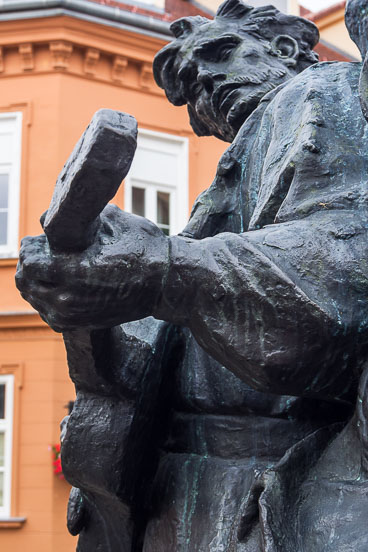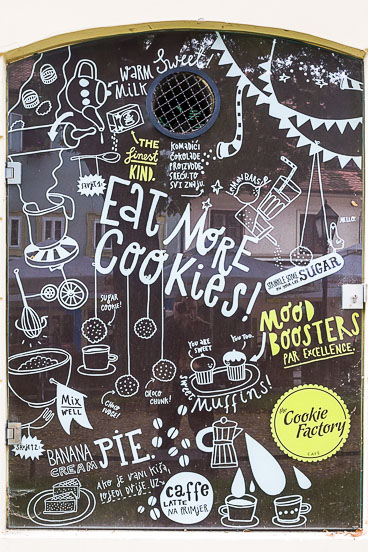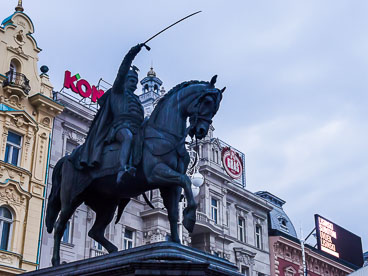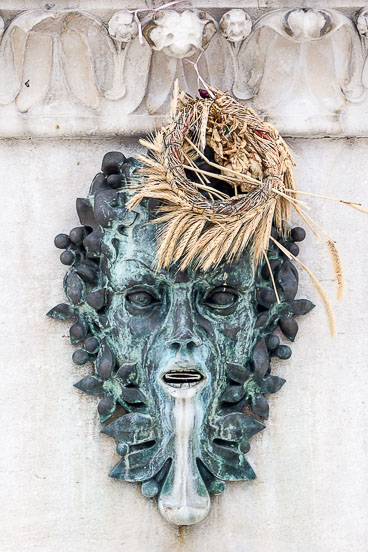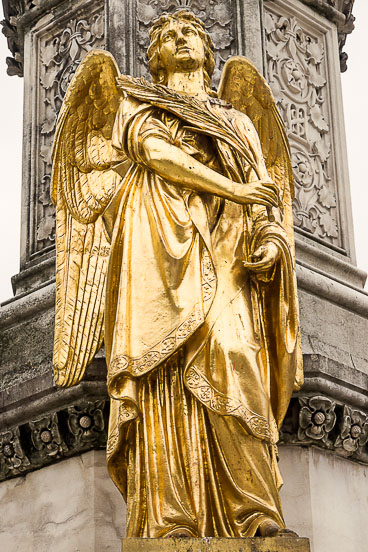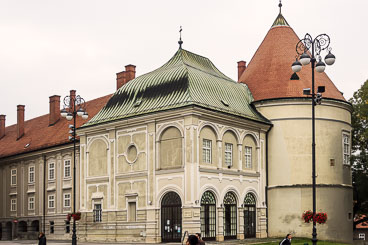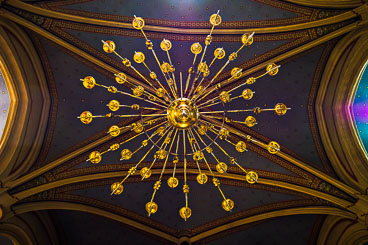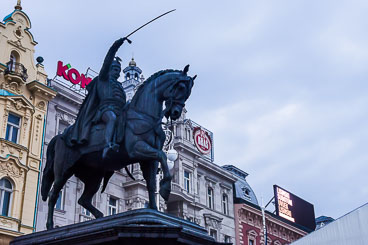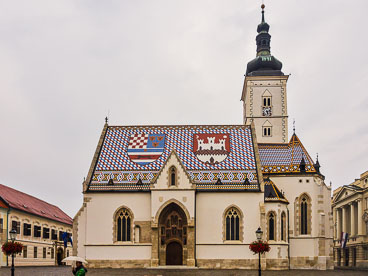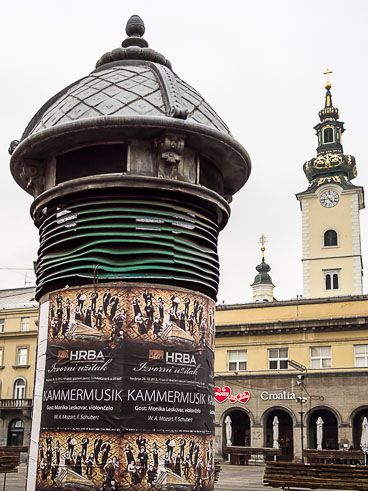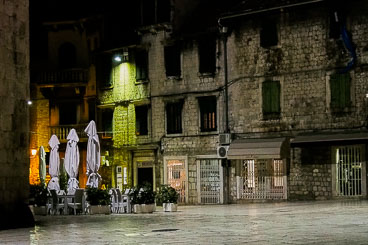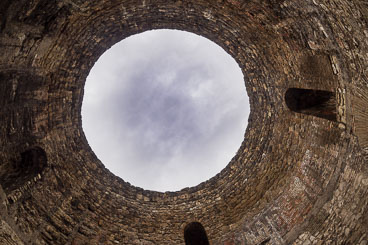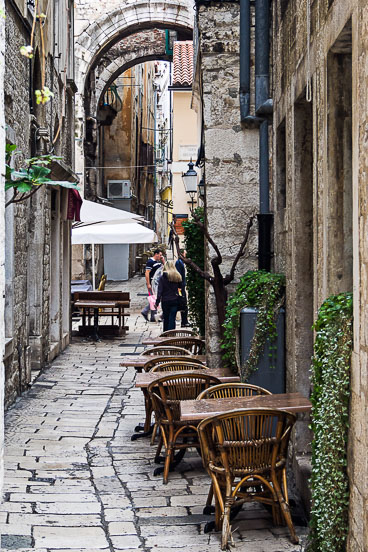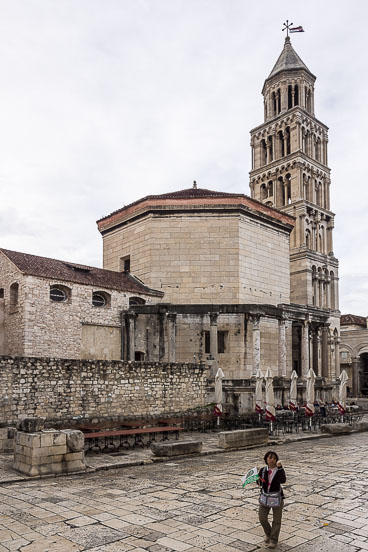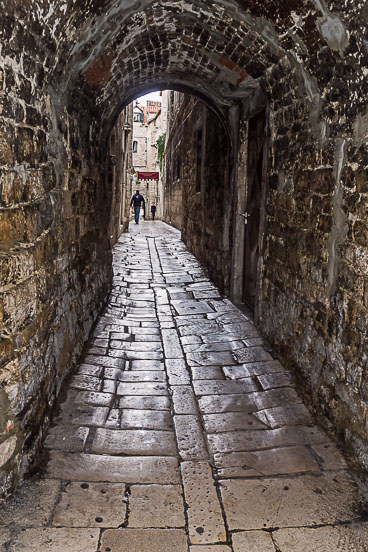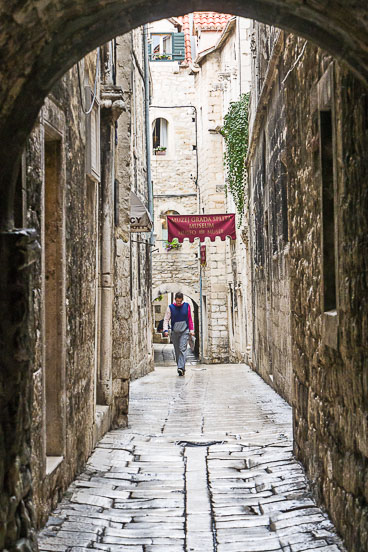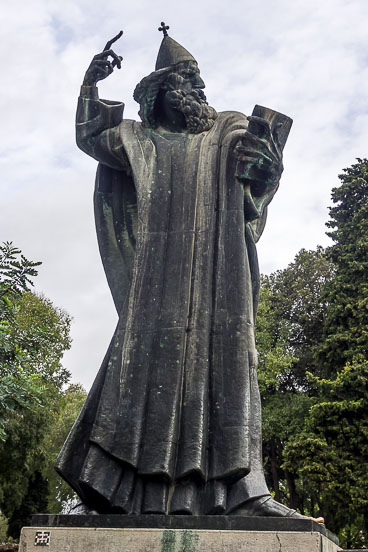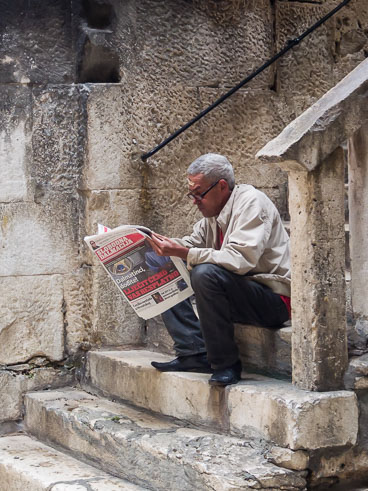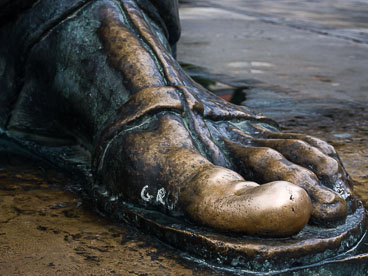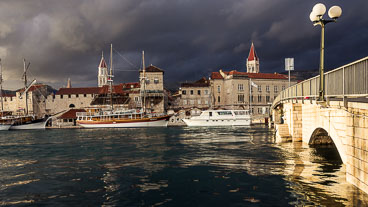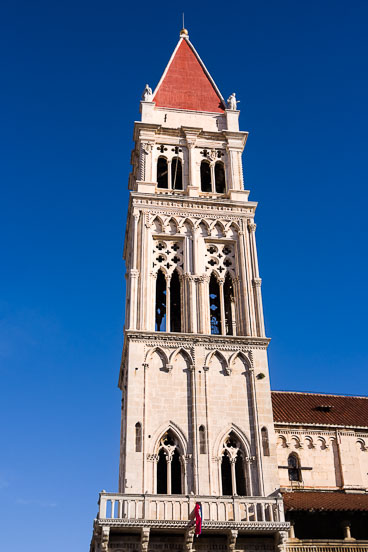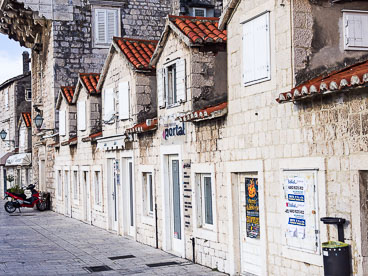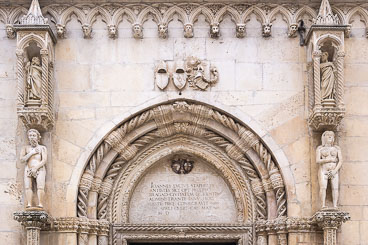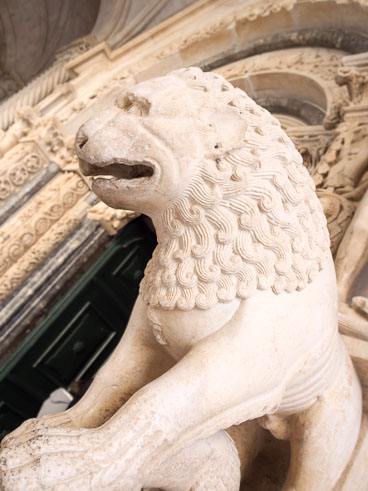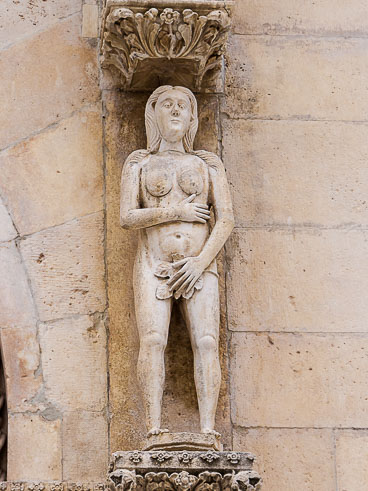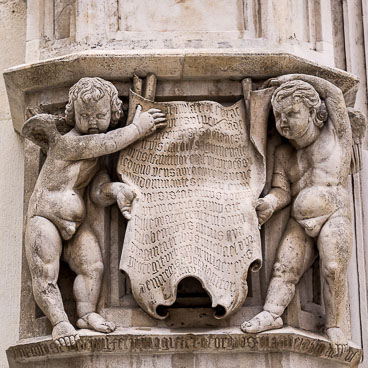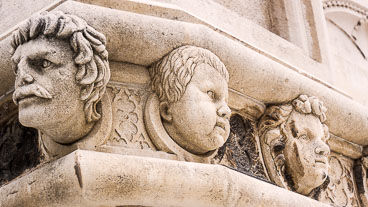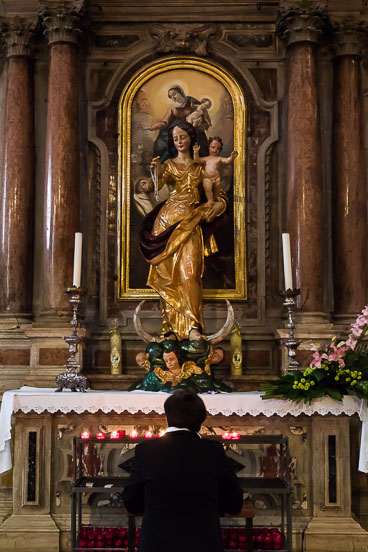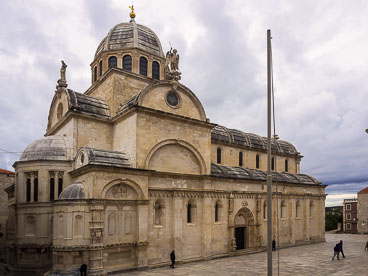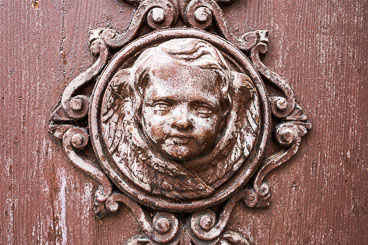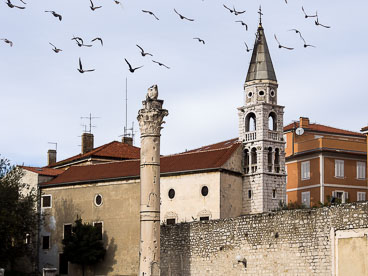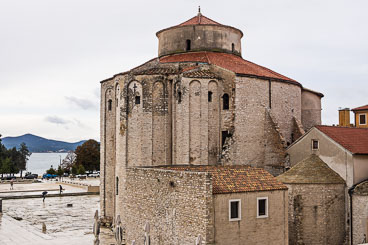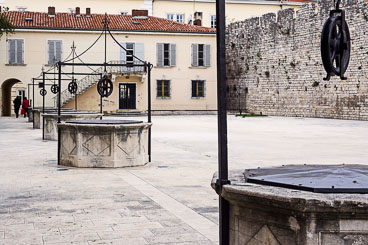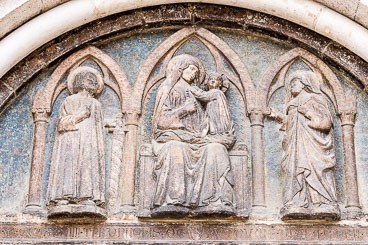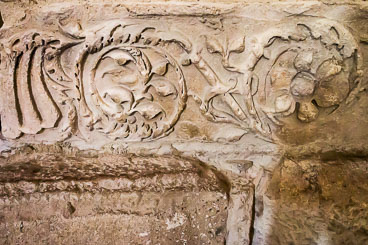Croatia is a country with a rich cultural heritage as well as a splendid Mediterranean coastline. Various civilizations gave it a very diverse cultural heritage.
You can start with the Roman era at the Diocletian palace in Split or the forum in Zadar, then from the pre-Romanesque Church of St. Domnius in Zadar to the Romanesque city of Trogir, the Gothic period in Zagreb and on to the heritage of the last century. And all in relative comfort. I did a tour by courtesy of the Croatian tourist chamber in the Netherlands.
Zagreb
A truly central European cultural city, reminiscent of Vienna or Budapest. Impressive architecture, lots if museums and an interesting center. The tie (cravat) was invented here as is the ballpoint. The old tow has a lower and an upper part, connected with a cable train. The upper part is very romantically lit with gas lanterns. To counteract this there is also a museum of broken relationships.
Split
The hearth of Split is formed by the palace of the Roman emperor Diocletian. Later inhabitants build there homes inside of this palace, reusing the building materials. So the center is a maze of attractive buildings and narrow streets. And just outside the walls are a lot of other monuments (palaces, churches, museums).
Trogir
The center of Trogir is a UNESCO heritage site, where a lot of different building styles (Romanesque, Baroque, Renaissance) are blended to a very charming mix. Seen from the inside or from the other side of the water that separates the old town from the island of Ciovo.
Šibenik
Another historic city. The main attraction of Šibenik is the cathedral of Saint James.
Zadar
The charming seaside city of Zadar has a large roman forum, churches and cathedrals from different era, small palaces an old city-gate, museums, street-side cafe's also two modern attractions, the Sea Organ, that produces sounds induced by the waves and a spectacle of light patterns om a large circle that is fed by solar energy. Together they make a great spectacle, especially at sunset.

